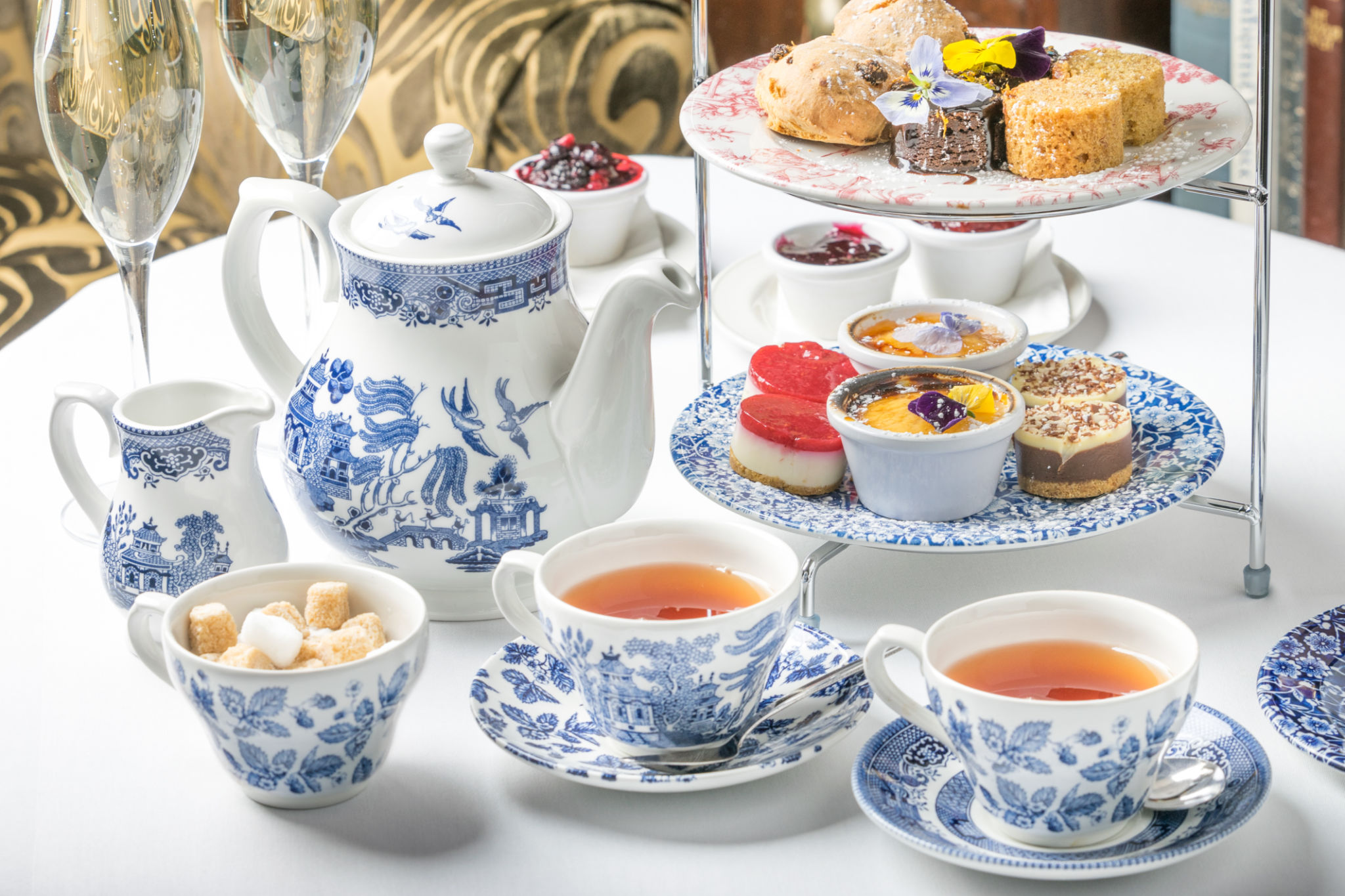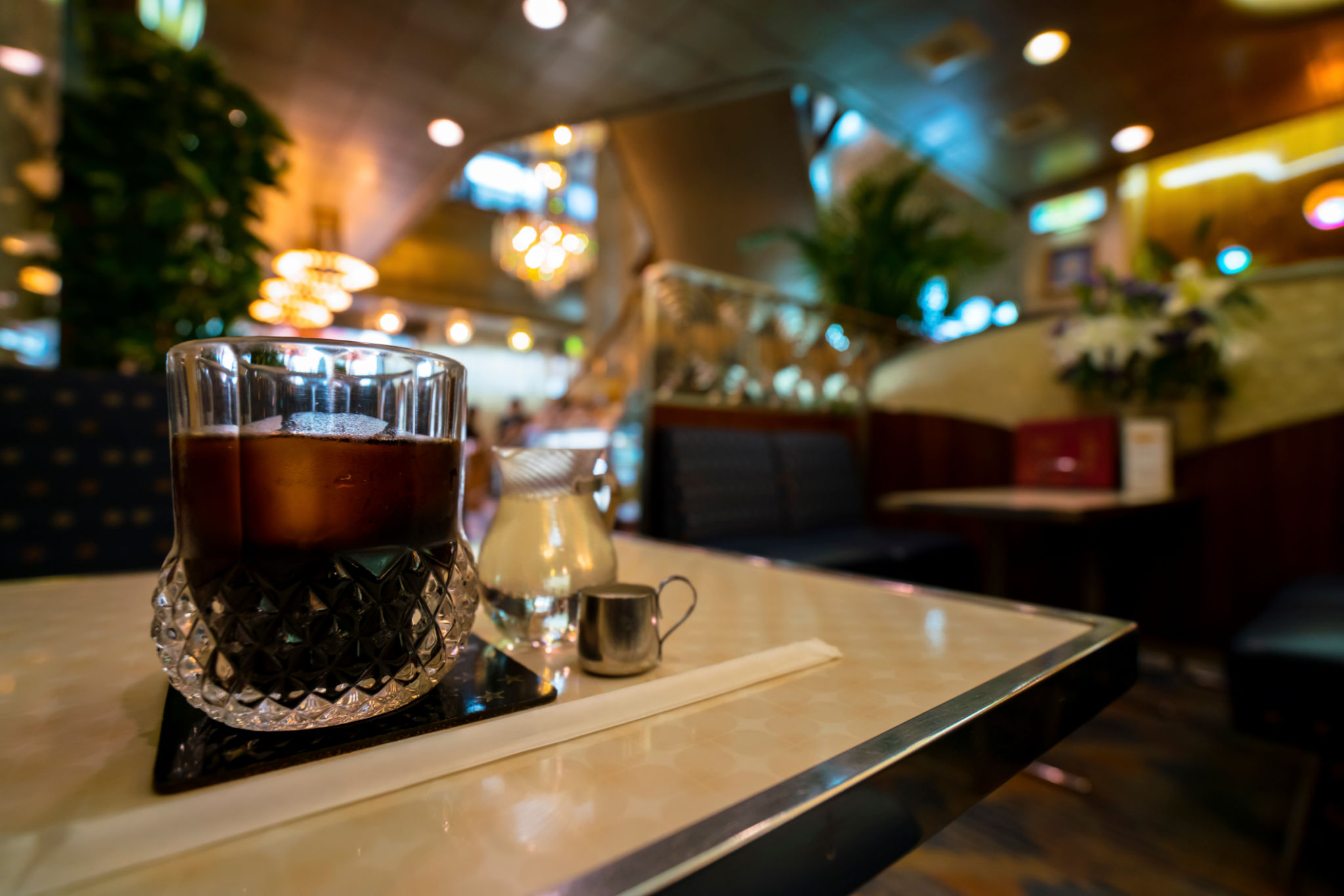DIY Herbal Tea Blends for Your South African Café
Introduction to DIY Herbal Tea Blends
Creating unique herbal tea blends for your South African café can be a delightful and rewarding endeavor. Not only can you offer your patrons a taste of local flora, but you can also experiment with flavors that are unique to your region. Crafting these blends in-house provides an opportunity to enhance your café's menu with distinct offerings that set you apart from competitors.
Herbal teas, or tisanes, are naturally caffeine-free and offer a range of potential health benefits. They can be made from a variety of plant materials, including leaves, flowers, seeds, and roots. Let's explore how you can create personalized blends that capture the essence of South Africa's rich botanical diversity.

Understanding Local Ingredients
South Africa is home to a multitude of indigenous plants that are perfect for crafting herbal teas. Some popular choices include rooibos, honeybush, and buchu. Each of these plants has its own unique flavor profile and potential health benefits. For instance, rooibos is renowned for its sweet, earthy taste and high antioxidant content, while honeybush offers a delicate floral aroma.
By incorporating local ingredients, you not only celebrate the region's natural bounty but also support sustainable and ethical sourcing practices. Partner with local farmers or cooperatives to ensure you're getting the freshest and most authentic ingredients available.
Crafting Your Signature Blends
Creating a signature herbal tea blend involves a bit of experimentation. Start by selecting a base herb, like rooibos or honeybush, and then layer in complementary flavors. Consider adding dried fruits, spices, or even edible flowers to enhance the complexity of your blend. Here are some steps to guide you:
- Select your base herb.
- Add complementary herbs for flavor or aroma.
- Incorporate spices or fruits for added depth.
- Test your blend by brewing small batches.
- Adjust proportions until you achieve the desired taste.

Popular Herbal Tea Combinations
To help you get started, here are a few popular herbal tea combinations that are well-loved by tea enthusiasts:
- Rooibos and Vanilla: A creamy and soothing combination perfect for relaxation.
- Honeybush and Cinnamon: A warming blend with a spicy kick, ideal for cooler days.
- Buchu and Mint: A refreshing mix that invigorates the senses.
Feel free to customize these suggestions with additional ingredients that reflect your café's personality and brand.
Presentation and Serving Suggestions
The presentation of your herbal teas can greatly enhance the customer experience. Consider serving your blends in clear glass teapots or cups to showcase their vibrant colors. Accompany each serving with a brief description of the tea's ingredients and benefits.

You might also offer tasting flights, allowing customers to sample several different blends in smaller portions. This not only encourages patrons to explore your offerings but also provides an opportunity for them to discover new favorites.
Promoting Your Herbal Tea Offerings
Once you've perfected your blends, it's time to promote them effectively. Use social media platforms to share beautiful images and stories behind each blend. Highlight any unique ingredients or local partnerships that make your teas special.
Offer special promotions, such as discounts on bulk purchases or loyalty programs for regular customers. Encourage reviews and feedback to foster community engagement and continually improve your offerings.
Conclusion
By embracing DIY herbal tea blends, you can create a distinctive and memorable experience for your South African café patrons. With a focus on local ingredients, creative combinations, and engaging presentation, your café can become a go-to destination for tea enthusiasts looking for something truly special.

